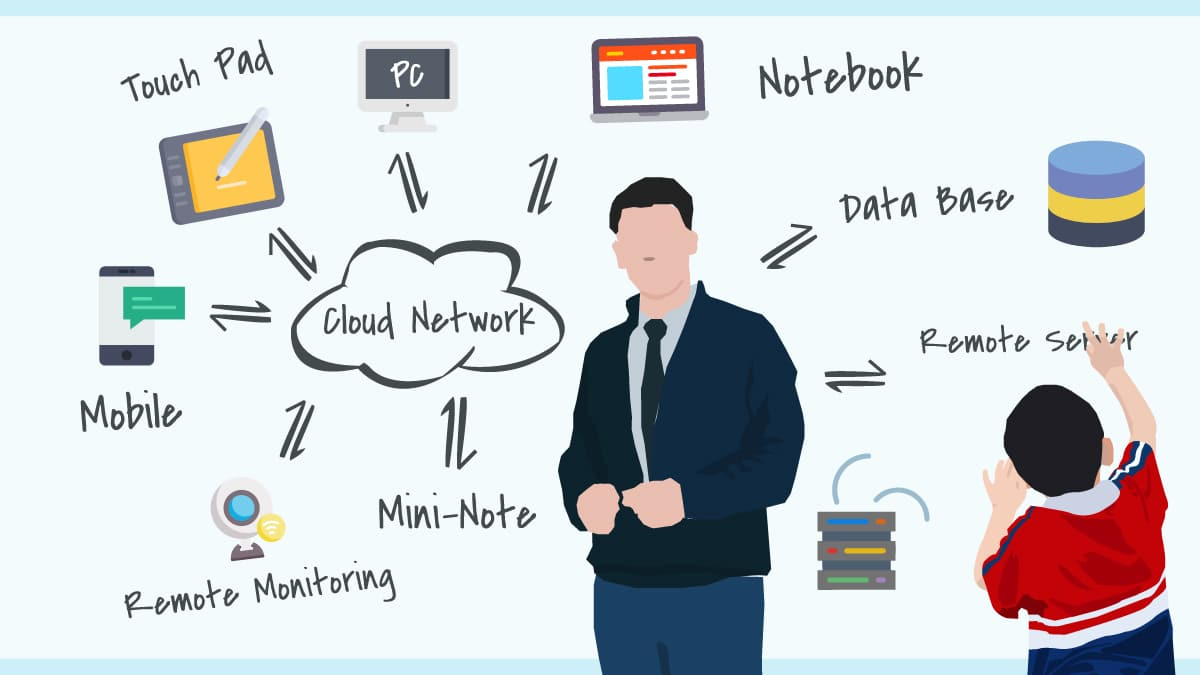Interactive Survey

Copyright infringement is not intended
Context: The Union Ministry of Education initiated an Interactive survey with Class 3 students to assess learning loss.
Details:
- The Union Ministry of Education and the National Council of Educational Research and Training (NCERT) initiated a survey on ‘foundational learning study’.
- The Survey will have a sample size of 1.5 lakh and will involve face-to-face interactions of students with specially trained field investigators.
- Recently the data released by the NGO Pratham Education Foundation have revealed worrying levels of learning gaps, especially among children in lower primary grades.
Pandemic and Education:
- Many educational institutions turned online as Schools, Colleges, Research institutions and universities have been shut.
- Problems in Online education
- Transforming laboratory related Courses or which require Practical Components online would be difficult.
- High digital divide in terms of access to reliable Connectivity, hardware, access to electricity especially in rural areas.
- Technical know-how of operating electronic gadgets is limited in rural areas for both Students as well as teachers.
- Research activities require Close Personal interaction and discussion between researchers/Scientists which is not possible to conduct online.
- There could be reduction in funding for both research work and maintenance of research infrastructure due to Collapse of economies.
- Millions were unable to go to schools and also lacked access to mobiles, laptops or steady internet connectivity to continue online education.
- Thousands of remote and rural schools remained shut simply because of lack of means to teach and the Covid-19 safety protocols, many students traveled through forests, climbed mountains and sat on the roadside to get internet access on smartphones.
- Approximately 1.5 million schools and 1.4 million Anganwadi centers were closed during the Pandemic.
- According to a United Nations Children's Fund (UNICEF) study, nearly 247 million children could not go to school for more than a year.
Steps taken by Government:
- Government is encouraging Open Online Courses via Swayam Platforms So that Students Can have access to quality lectures online.
- Government working on improving digital infrastructure and ensuring that Students have access to mobile Phone or laptop.
- SWAYAM Prabha Provide HD educational Channels through DTH on 24X7 basis.
- Sodhganga to develop a national repository of universities in India, digital Study material for higher education.
- The government introduced DIKSHA (Digital Infrastructure for Knowledge Sharing), a national portal for school education, to offer school curriculum-based engaging learning materials to students, teachers, and parents.
- The National Education Policy 2020 emphasizes the need for at least 6% of the total budget to be allocated to education with financial support for critical components of education such as provision of adequate teachers, teacher training, etc.
- The government introduced the PM eVIDYA programme to make e-learning more accessible for Indian students and teachers and promote & strengthen digital education in India.
- In Budget 2022-23, the Finance minister announced that ‘one class-one TV channel’ programme of PM eVIDYA will be expanded from 12 to 200 TV channels.
- This will enable all states to provide supplementary education in regional languages for classes 1-12.
- Government announced Incentives for schools to upgrade to smart classrooms with digital learning management tools.
- In the Union Budget 2021-22, the Indian government established the National Digital Educational Architecture (NDEAR) to strengthen digital infrastructure and support activities related to education planning.
- Steps announced in Budget 2022-23
- 750 virtual labs in science and mathematics, and 75 skilling e-labs for simulated learning environment, will be set-up.
- High-quality e-content in all spoken languages will be developed for delivery via internet, mobile phones, TV and radio through Digital Teachers.
- A competitive mechanism for development of quality e-content by the teachers will be set-up to empower and equip them with digital tools of teaching and facilitate better learning outcomes.
Way forward:
- Digitisation in the education sector has made it possible for kids in remote parts of the country to get access to quality education through interactive digital media and overcome the challenge of teacher shortage.
- It is also helping teachers in the remote areas leverage technology to upgrade their skills and accelerate adoption of digital methods of learning and teaching in the country.
- Rising participation of private players to offer e-learning courses, along with the government’s effort to strengthen the digital landscape of the country, is expected to boost digital education and empower students.



1.png)
